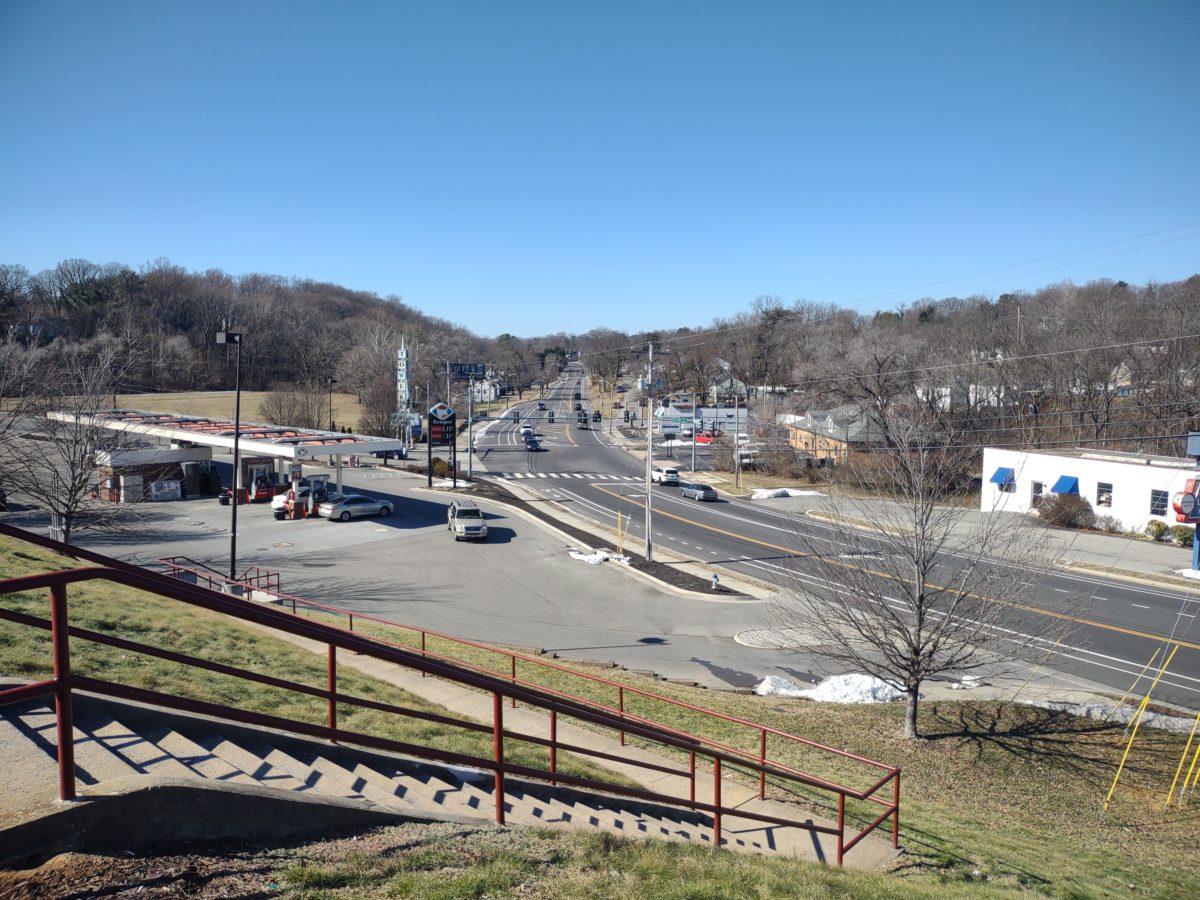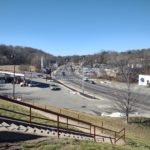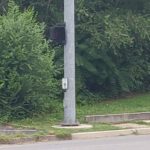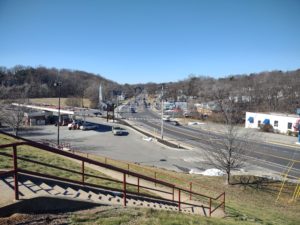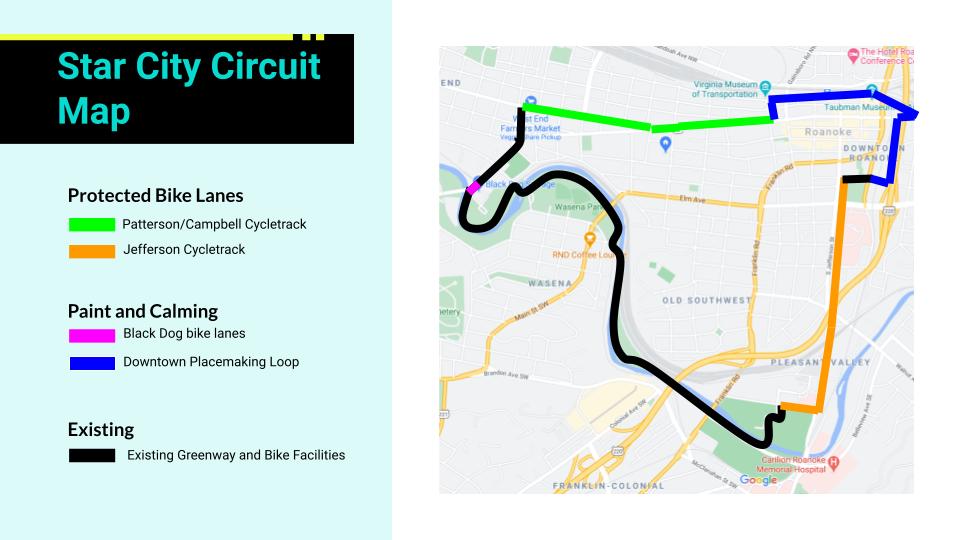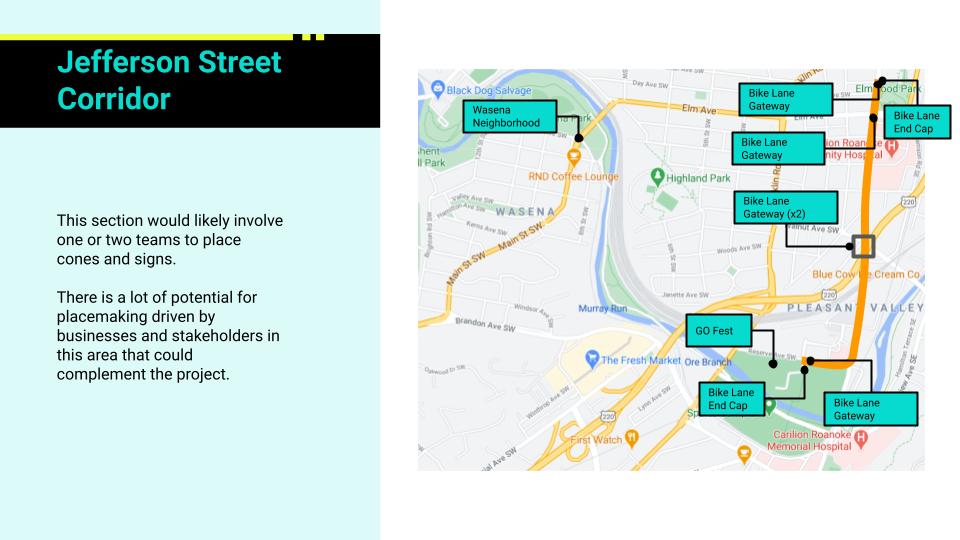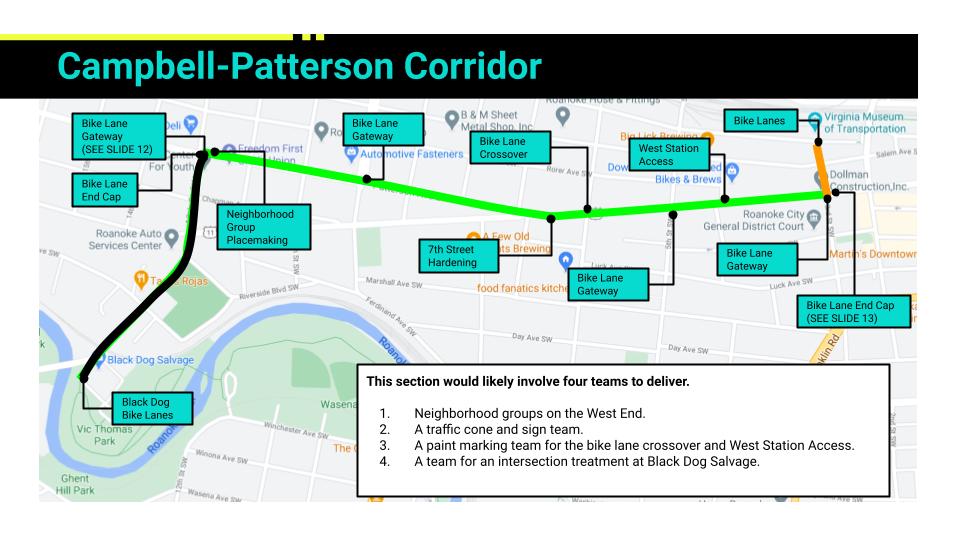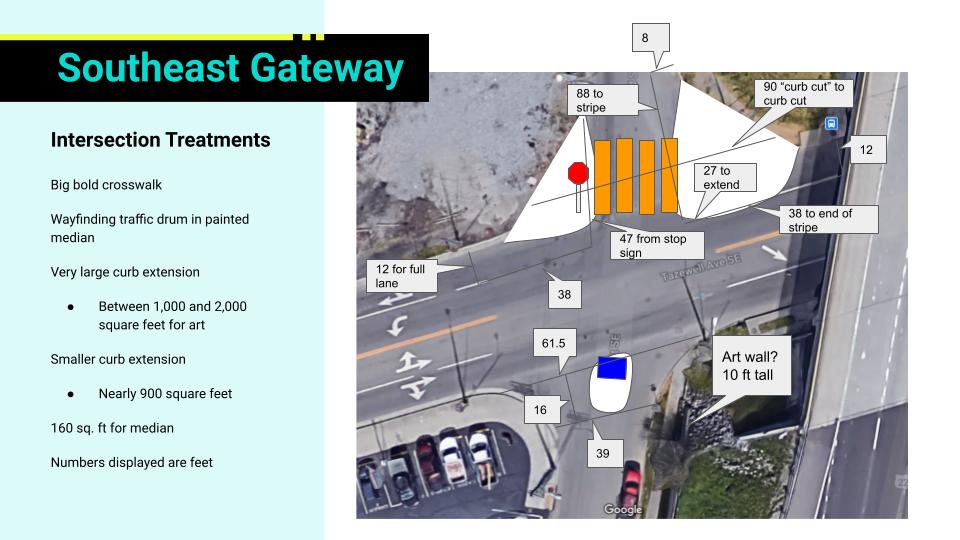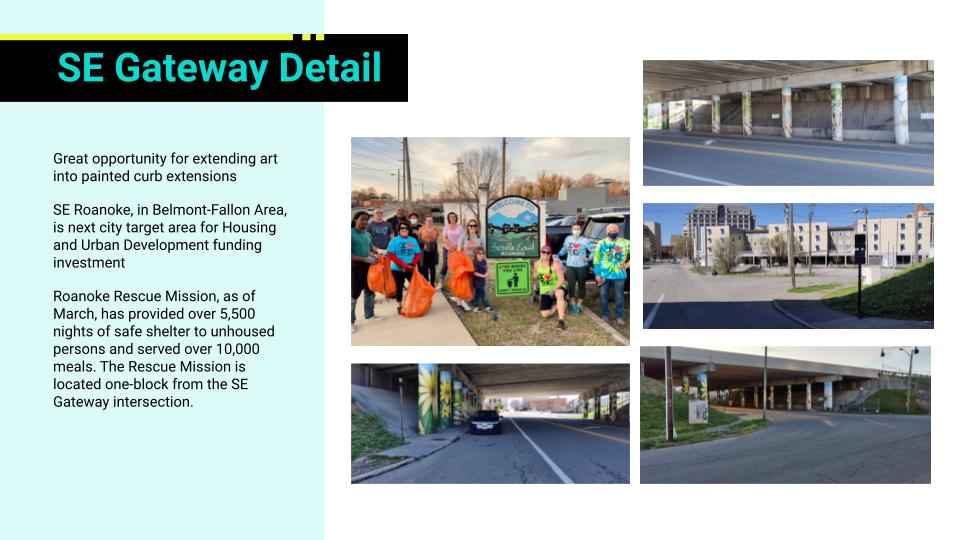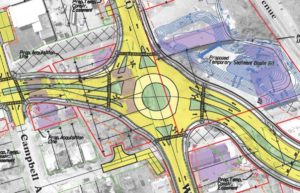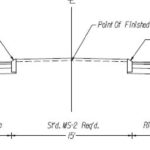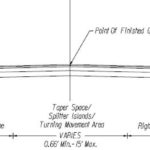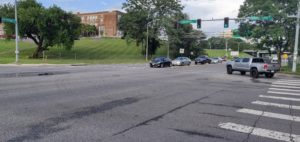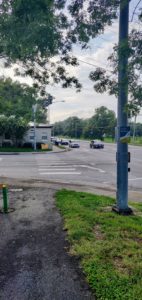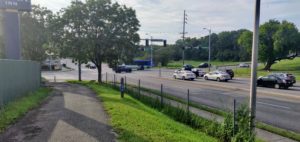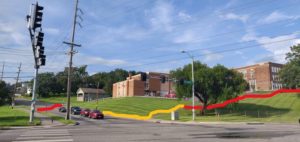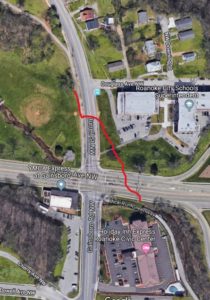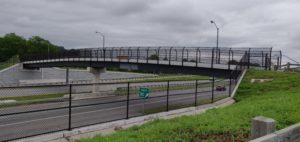What’s in the Bipartisan Infrastructure Law & how can the Roanoke region make the most of it?
As Chair of the Roanoke Valley-Alleghany Regional Commission (RVARC)’s Bicycle and Pedestrian Committee I gave a presentation for the committee on the Infrastructure Investment and Jobs Act, also known as the Bipartisan Infrastructure Law (BIL). My goal in that presentation, and in this blog post, is to explain:
- What the Bipartisan Infrastructure Law (BIL) is
- Describe Key Programs and Concepts for taking advantage of the BIL
- Identify Opportunities for Roanoke to maximize the BIL for biking and walking
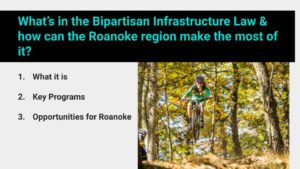
What is the Bipartisan Infrastructure Law (BIL)?
The BIL is a Trillion dollar investment in infrastructure. It is larger than, but includes a five year authorization of federal transportation funding. For the state of Virginia, the BIL means we can expect $7.7 Billion in federal transportation funding by 2026, a 33.5% increase from current funding levels. In addition, there are more than 200 Billion in competitive grants that can further increase funding available for localities in Virginia.
Key Programs and Concepts for taking advantage of the BIL
Most of the $7.7 Billion that Virginia receives under the BIL will come through formula fund programs. While biking and walking projects are eligible under most formula fund programs, the programs most likely to fund biking and walking projects are:
- The Transportation Alternatives Program (TAP)
- The Congestion Mitigation and Air Quality Improvement Program (CMAQ)
- The Surface Transportation Program (STP)
- The Highway Safety Improvement Program (HSIP)
TAP is the long-time source for a majority of biking and walking projects in most states, and the smallest of these four programs. STP is the largest and most flexible program. CMAQ and HSIP tend to be more quantitatively driven, and have been used effectively for biking and walking projects in some places.
In Roanoke, planning documents say that Roanoke plans to get $700-800,000 each year from TAP. Thanks to the BIL, Roanoke can expect TAP funding to increase 50%, up to $1.5 Million per year. According to past data, Roanoke tends to award two to three TAP projects each year, with a one year lapse in 2019 when no projects were awarded. TAP funding has been critical to the growth of the greenway system.
The future of transportation projects in Roanoke can be found in the RVARC Transportation Improvement Program (TIP). A TIP is a federally-required planning document that projects must be included in if they are to receive federal funds. By looking at the existing TIP, we can see where Roanoke expects funds from the BIL to go and identify potential opportunities.
In reviewing the Roanoke TIP, it is notable how much federal funding is going to I-81 and related projects. The state of Virginia has dedicated a regional gas tax to I-81 and that revenue stream is leveraged by nearly $700 million in federal funds in the Roanoke TIP. Three projects related to I-81 are 74% of planned spending in the largest category of spending, “Safety/ITS/Operational Improvements.”
In the Roanoke TIP, biking and walking projects and elements are found throughout funding categories, but are concentrated in the category “Transportation Enhancement/Byway/Non-Traditional.” Transportation Enhancements was the name of a predecessor program to TAP, but has not been used in federal law since 2012. Within the Transportation Enhancements category, greenway projects are the majority of planned spending. Overall, $53 million in planned projects are found in the Transportation Enhancements category.
Four greenway projects are planned that cost a combined $27 million. At a rate of $1.5 million/year it would take TAP funding 18 years to fund those four projects, if no other biking and walking projects were funded during that time. If we want to make those projects a reality faster, then we must find opportunities in other funding programs or through discretionary grants. Because I believe that proposals are motivating and likely to be beneficial for finding funding from any program, focusing on discretionary grants is where I see the biggest opportunities for Roanoke.
Opportunities for Roanoke to maximize the BIL for biking and walking
The big opportunity for Roanoke is a RAISE Grant. RAISE Grants are the largest discretionary grant program in the BIL and the program with the longest track record. Through 2026 there will be $1.5 Billion/year distributed through the RAISE program.
The Biden administration has administered one year of the RAISE program. The RAISE program replaces the BUILD program which replaced the TIGER program. Since Congress authorized the TIGER program, each administration makes its mark on the types of projects funded.
For certain qualifying communities, RAISE can fund the entire project, and the Biden administration has committed to 15% of grants going to qualifying communities. The Biden administration has also added quality of life criteria that make projects that reduce automobile dependence more competitive. Even prior to those positive changes, RAISE had a good track record of funding biking and walking projects.
The Biden administration has funded several types of bicycle and pedestrian projects under the RAISE program that Roanoke can learn from.
Completing greenway networks
- There were four greenway projects funded where the funding finished a network or segment.
- Example: Completing the Vision – The Marquette Greenway builds 20 miles of the Marquette Greenway to complete a 60 mile path with an award of $18 million and a total project cost of $31 million.
Greenway network progress
- There were four greenway projects funded where the funding provided for a critical connection, but most of the proposed greenway or network is unbuilt.
- Example: Durham Belt Line builds 1.75 miles of trail with an award of $9 million and a total project cost of $16 million.
Community hubs
- There were four projects that funded improvements on a grid of streets to create bicycle and pedestrian spaces around a community hub.
- Example: Rockford Complete Streets Revitalization Project builds streetscape on multiple streets in a grid with an award of $16 million and a total project cost of $22 million.
RAISE grants have an average project size of $10-20 Million, $25 Million max. Looking at planned Roanoke bicycle and pedestrian projects, there are a few candidates for a RAISE grant:
Tinker Creek Greenway to Carvins Cove
- The Tinker Creek Greenway is planned to be 13.3 miles total. There are 3.3 miles built, one 2 mile section funded by a TAP grant, and there are 10 miles needed.
- A RAISE grant for the 10 miles needed would pay for planning, engineering, and building. From what I have heard, right of way may be an issue and is not yet owned by any public entity. RAISE grants do not fund right of way acquisition.
Roanoke River Greenway Completion
- The Roanoke River Greenway is planned to be 30 miles total. There are 13.8 miles built, multiple sections funded by TAP grants, and there are 17 miles needed with $22 million in projects on the TIP.
- A RAISE grant for the remaining miles would pay for the sections on the TIP if that funding is uncertain. In the case of the greenway section to Explore Park, a RAISE grant could play a role in resolving design issues with VDOT. The area on the south side of Apperson is the most troublesome section I’ve heard of.
There are several less planned projects that might be viable within the next five years. These projects would require significant planning.
NW Hub
- For many years there has been interest in developing a grocery store and other community needs in a hub space in northwest Roanoke. In 2021, the Roanoke City Council voted to direct $10 million in federal funds from the American Rescue Plan Act (ARPA) to bring a shopping center to the neighborhood. At this point, there should be land acquisition occurring so that the hub can be developed. A grocery store is fairly large, so it will be interesting to see the ultimate site that is developed.
- A RAISE grant would improve bicycle, pedestrian, and transit access between the northwest hub and other key community hubs, such as Downtown or Williamson/Valley View. Key components might be a shared use path on Shenandoah, crosswalks and a protected bike lane on Melrose, a protected bike lane on 24th Street, crosswalks and a protected bike lane on Salem Turnpike, and transit stop improvements. Hub site selection will impact most pertinent projects.
- The NW Hub site is likely to be within a Historically Disadvantaged Community that is eligible for 100% federal funding. Every census tract in the near northwest except tract 24 is a Historically Disadvantaged Community.
- The 2017 Downtown Neighborhood Plan proposed a Downtown Roanoke Urban Loop that would create a six mile system of safe routes connecting key neighborhoods in downtown Roanoke. In 2021, I proposed a version of this route for an AARP grant and called it the Star City Circuit. By connecting downtown to River’s Edge, Wasena, Grandin, Hurt Park, and the West End, the Star City Circuit is an incredible opportunity to create connections near downtown and build on Roanoke’s impressive Roanoke River Greenway by better connecting it to downtown.
- A RAISE grant would pay for a protected bike lane on Jefferson Road as part of a road diet, a protected bike lane on Reserve, downtown intersection improvements, two-way bicycle improvements along Norfolk Ave, and a protected bike lane on Campbell Ave and/or Patterson Ave. There is likely to be some disagreement about route and design choices. The road diet on Jefferson Road is planned and 2.3 miles of the six mile route is built thanks to the Roanoke River Greenway.
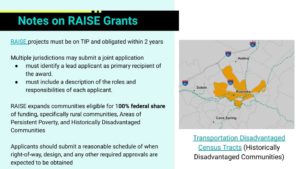
There are lots of other discretionary grants aside from RAISE. For now, a brief idea about other grants and potential projects can be found on the last slide of my presentation.

